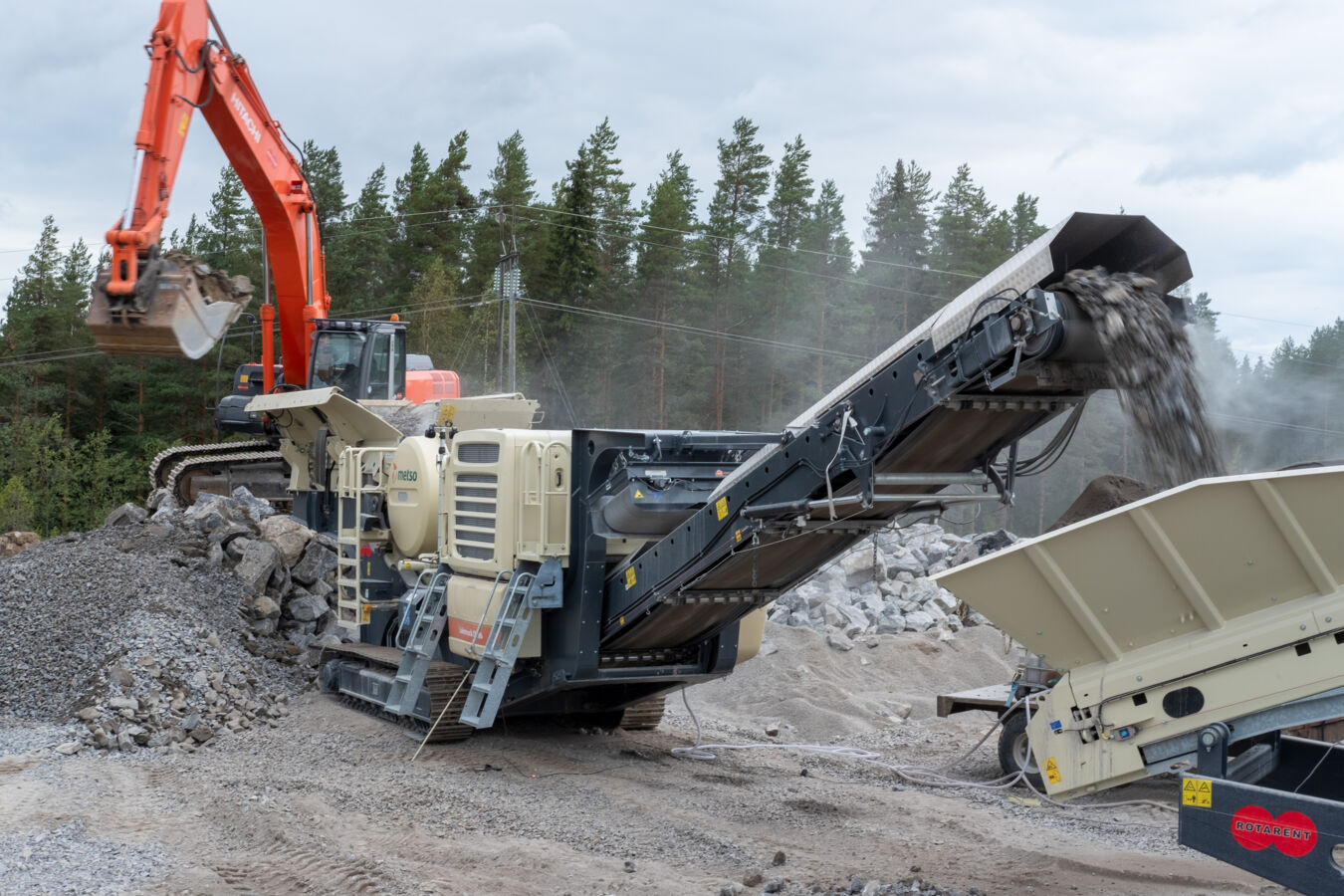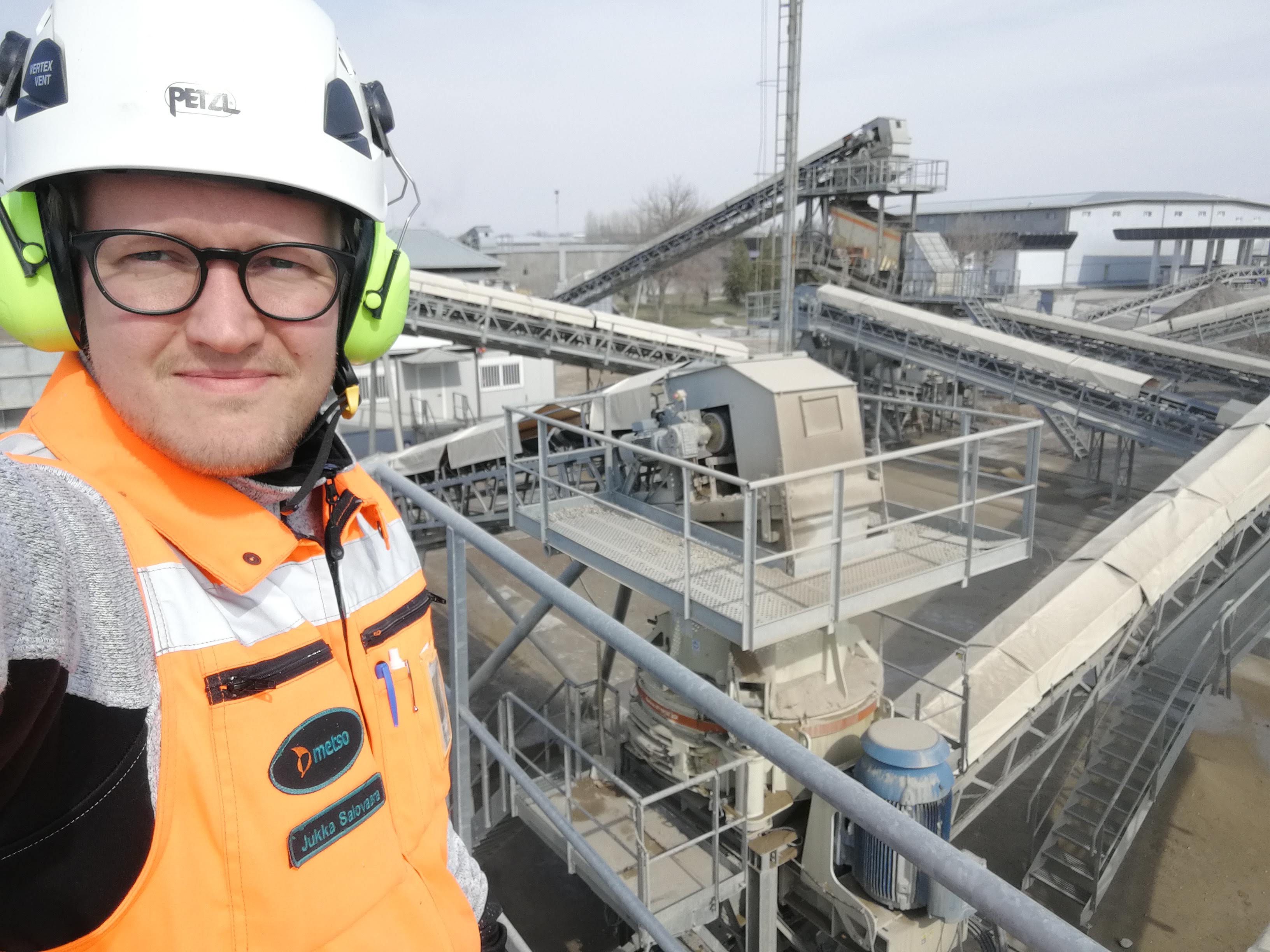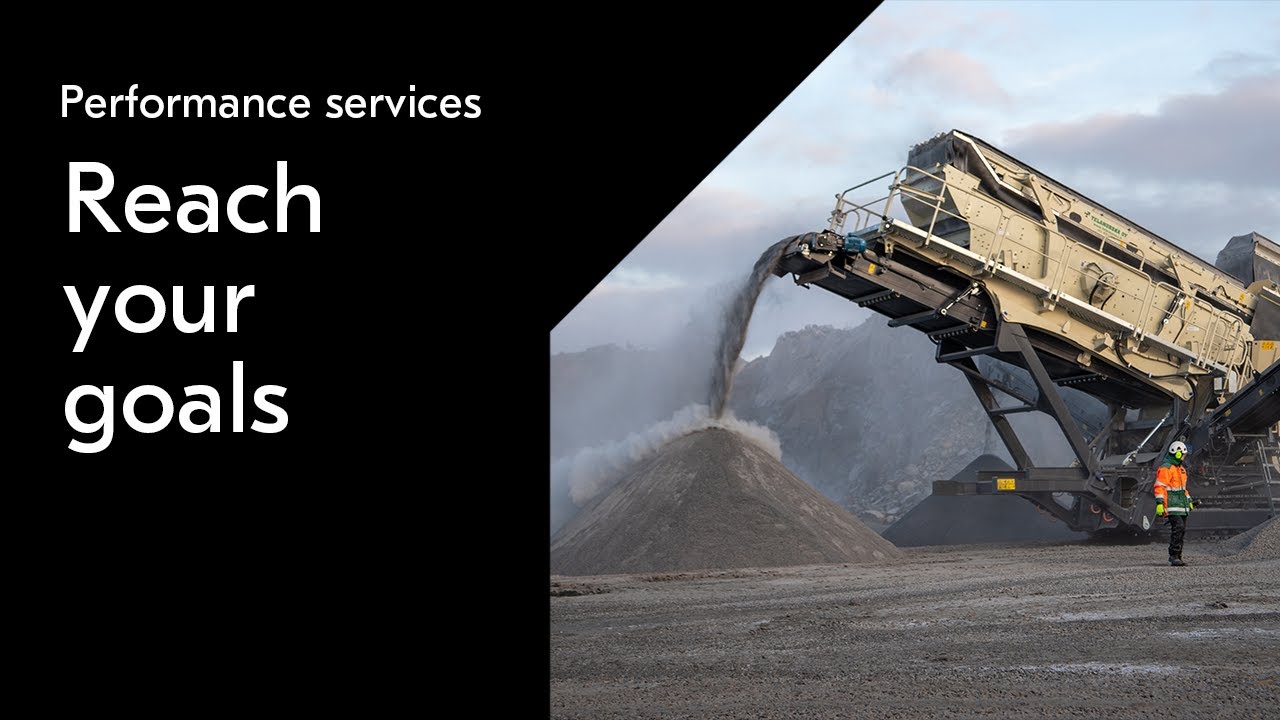One of the root causes of underperformance is the lack of proper process controls resulting in many crushing plants to be manually controlled based on a few crusher KPI’s like maintaining Closed Side Setting (CSS) or power draw. As there are no better control possibilities available at the plant, it may not be wrong to operate this way. However, because of this, many operations have a lot to gain by doing a few tweaks here and there to find the main process bottlenecks and reduce their impact, allowing equipment to reach its full potential. By understanding the key areas affecting process performance and specific machine application and tweaking them based on site conditions and targets, many operations would have a lot to gain. Some of these areas that should be examined are:
- Feed arrangements of crushers and screens
- Feed levels of crushers
- Surge protection between stations
- Operating parameters of crushers – Closed Side Settings (CSS), speeds, strokes
- Crushing chambers – are they fit for purpose
- Screen apertures and screening efficiency
- Operating parameters of screens – strokes, throws
The overall process conditions on any crushing plant change over time, so this tweaking should happen periodically to get consistent performance improvement. Causes that call for change in the system or operation of the crushing and screening plant can come from an outside source – like fluctuating feed material properties (very evident for mobile stations that change sites often), or from process factors – such as changing production targets of certain fractions that the market demands.
There are a few aspects of crushing that generate most of the production related challenges many of our customer’s report:
- Reaching production targets
- Having low yield of the most valuable fractions
- Low crushing plant operating profit





